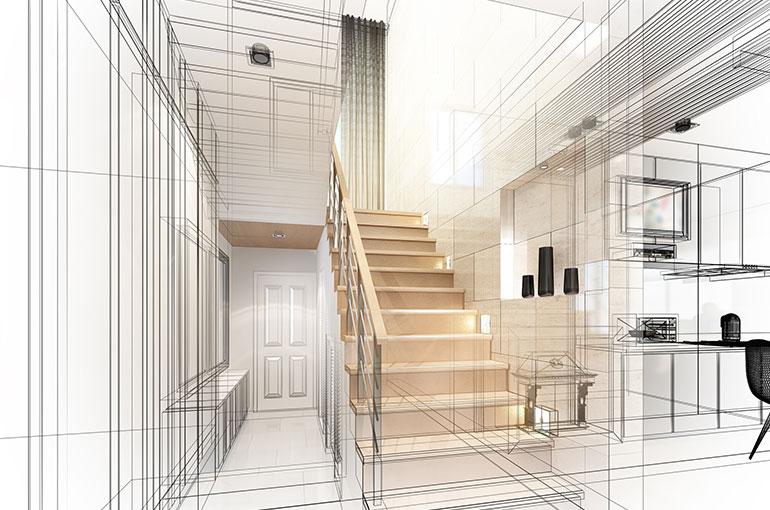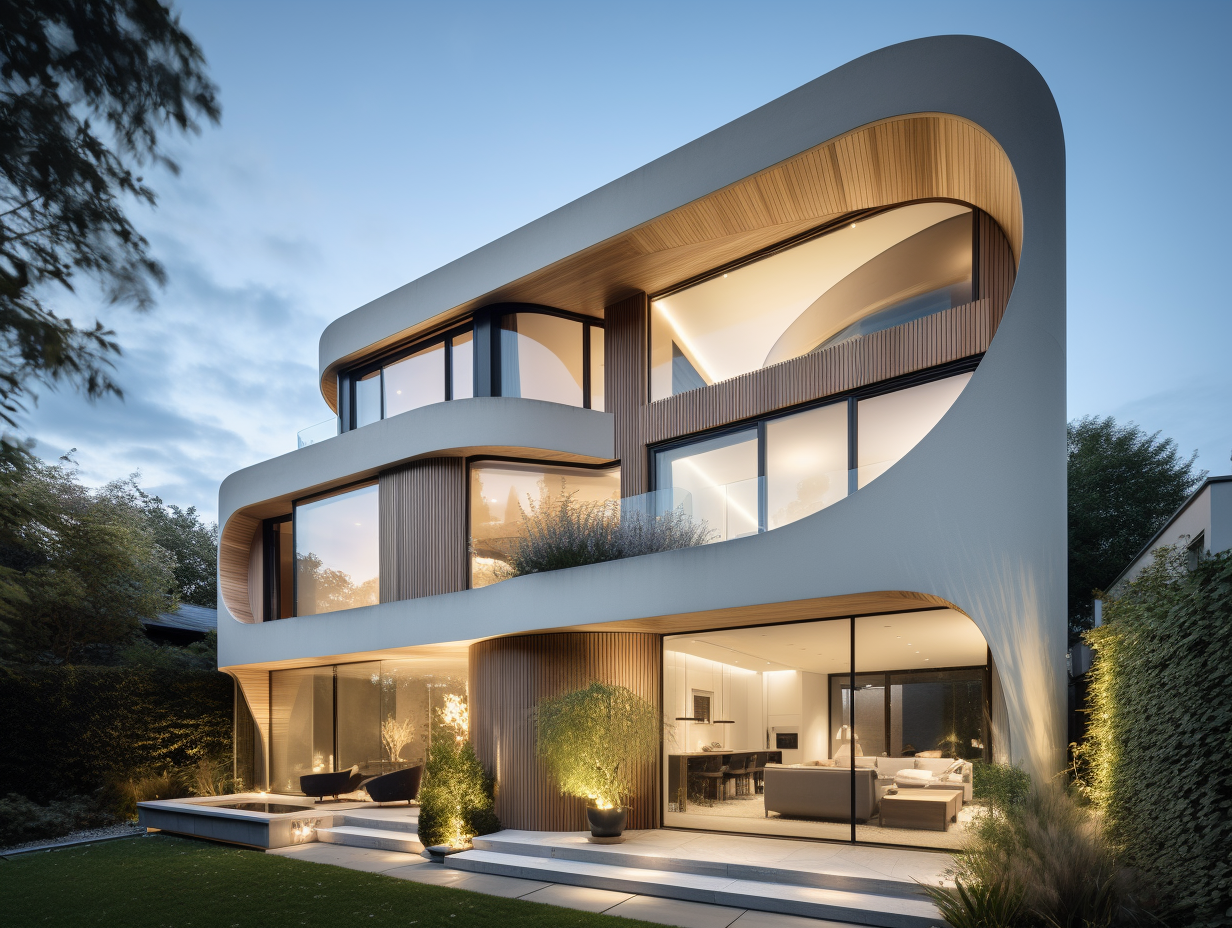A Comprehensive Introduction of Building Styles and Their Impact on Modern City Planning and Development
Architectural styles have actually long offered as a mirror to the social worths and technical advancements of their time, playing a crucial role in forming contemporary city preparation and growth. From the grandeur of Neoclassicism to the practical strategy of Brutalism, each design has introduced one-of-a-kind concepts that affect urban aesthetic appeals and functionality.
Historic Summary of Architectural Designs

As societies transitioned through the Middle Ages, Gothic architecture emerged, defined by its verticality and complex outlining, matching the spiritual aspirations of the era. The Renaissance marked a revival of classical perfects, merging art and style in innovative manner ins which influenced subsequent designs throughout Europe.

Today, architectural designs remain to evolve, driven by globalization and sustainability problems, mirroring a vibrant interplay between heritage and innovation. This historical review underscores the importance of architecture as a mirror of social evolution and as a driver for urban development.
Secret Architectural Styles Explained
The variety of building styles shows the myriad impacts that form our built environment, each symbolizing distinct characteristics and social significances. Trick building designs consist of Timeless, Gothic, Baroque, Innovation, and Postmodernism, each representing unique historical contexts and visual viewpoints.
Timeless architecture, rooted in ancient Greece and Rome, emphasizes proportion, percentage, and using columns (cda architects). On the other hand, Gothic architecture, growing between Ages, is identified by pointed arches, ribbed safes, and flying buttresses, developing a spiritual top quality in basilicas. Baroque architecture, arising in the 17th century, is marked by splendour, sophisticated decoration, and a vibrant interaction of light and darkness
Innovation, which obtained energy in the very early 20th century, focuses on feature over kind, making use of brand-new materials like steel and glass to develop minimalist frameworks. Postmodernism, reacting against the austerity of Innovation, embraces eclecticism and historic referral, frequently incorporating lively elements and irony.

Influence on Urban Planning
In shaping the advancement of cities, building styles substantially influence urban preparation decisions. The choice of architectural design typically determines the appearances, performance, and total character of city atmospheres.
In addition, building designs can affect zoning policies and land utilize plans. Urban planners must consider the prevailing architectural trends when developing areas, making certain that new developments harmonize with existing structures. This consideration promotes natural city landscapes and boosts neighborhood identification.
The application of details architectural styles can likewise influence socioeconomic elements within a city. As an example, premium contemporary layouts might draw in upscale citizens and services, causing gentrification, while a lot more cost effective housing services may focus on sensible and lasting styles anchor to suit diverse populaces. Eventually, the interaction between architectural styles and metropolitan preparation creates dynamic cities that reflect both historical context and contemporary needs, forming the lived experiences of their citizens
Sustainability and Modern Design
Architectural styles play a pivotal role in resolving modern obstacles, particularly in the realm of sustainability. As city areas expand and environmental issues magnify, modern architecture significantly accepts sustainable layout concepts that prioritize energy performance, resource conservation, and marginal eco-friendly impact.
Contemporary building movements, such as biophilic style and eco-friendly design, supporter for structures that harmonize with their surroundings, utilizing natural materials and promoting biodiversity. These designs frequently include eco-friendly power sources, such as photovoltaic panels and wind generators, to minimize reliance on fossil fuels and reduced carbon impacts.
Furthermore, the combination of advanced modern technologies, such as wise building systems, boosts power monitoring, maximizing source usage while ensuring owner convenience. Ingenious water monitoring approaches, including rainwater harvesting and greywater recycling, more add to sustainable metropolitan environments.
Especially, sustainability prolongs beyond environmental worries; it encompasses social and financial measurements. By cultivating neighborhood wellness and promoting inclusivity, modern building designs straighten with lasting growth objectives. The development of architectural techniques continues to form resistant cities that not only satisfy the demands of the present however additionally guard the future web for generations to come.
Area Interaction in Design
Area engagement in layout works as a vital bridge in between architects and the populations they serve, ensuring that the built setting shows the needs and ambitions of its individuals. This collective process invites neighborhood participants to add their insights and choices, cultivating a feeling of ownership and obligation toward the spaces they live in.
Effective community interaction uses different techniques, such as workshops, studies, and public online forums, to collect diverse perspectives. These strategies help with a two-way dialogue, permitting designers to understand neighborhood web link contexts while empowering locals to voice their concerns and needs. This inclusivity not only improves the style high quality yet additionally promotes social equity by resolving the special challenges dealt with by marginalized groups.
Additionally, neighborhood involvement can cause innovative remedies that may not arise in a conventional style process. By incorporating neighborhood understanding and cultural worths, architects can develop areas that resonate even more deeply with users, improving use and sustainability. Ultimately, prioritizing neighborhood involvement in style processes results in settings that support social communications, support health, and enhance area connections, thereby playing a crucial duty in shaping contemporary urban landscapes.
Verdict
Architectural designs have profoundly affected modern-day city preparation and development, mirroring developing social and technical contexts. As cities continue to expand and adjust, the ongoing dialogue in between building heritage and modern-day design concepts will certainly stay vital in developing comprehensive, vibrant areas that boost top quality of life and advertise social equity.